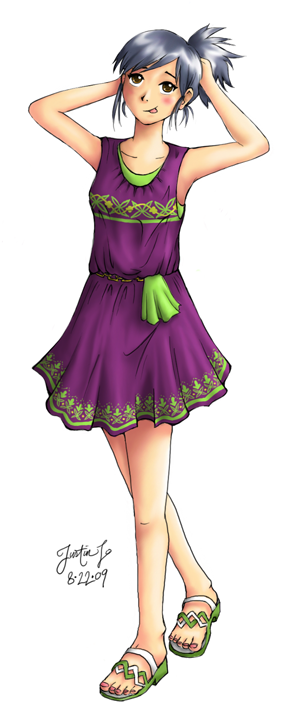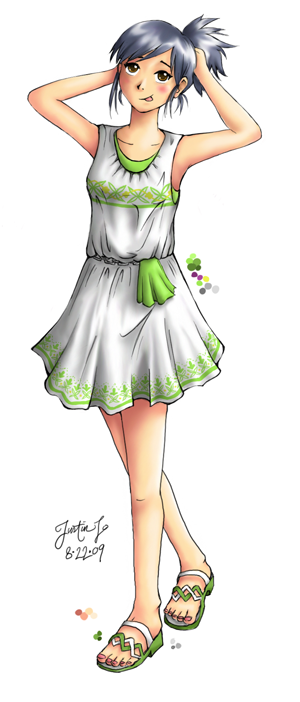Ever since I discovered that my MP3 player has a built-in FM radio function this past spring, I’ve been searching for stations to help me get through the somewhat mind-numbing commute to and from lab. The two segments I enjoy the most are by far 95.3’s afternoon classical program (1 PM – 10 PM) and 88.9’s hip-hop at night (10 PM – 2 AM). I don’t think it’s coincidence that these are the stations with university affiliations, 95.3 (WHRB) with Harvard and 88.9 (WERS) with Emerson College – there’s definitely a tie between the quest for knowledge and the appreciation of expressive music.
I don’t distinguish music by its so-called “genres,” but rather by its expressivity. I enjoy music in which the creative force seeks to reveal rather than to pander, to tell the story of the artist and not the story of the audience. It makes no difference to me if the end product is tonal or atonal, loud or soft, long or short. That’s why I no longer say things like, “Oh, I like all sorts of music except X, Y, Z” where XYZ could be anything from country music to new-school rap. Within every genre that you could name – Renaissance, Baroque, Classical, Romantic, Modern Classical, Dixieland, Big Band, Bebop, Free Jazz, R&B, Funk, Reggae, Soul, Gospel, Pop, Classic Rock, Progressive Rock, Alternative Rock, Symphonic Rock, Heavy Metal, Rap, Bluegrass, Country, Film Score – I assure you that there’s at least one song that I enjoy.
My MP3 player is like a zoo where you see a tiger exhibit side-by-side with a piece of Godiva chocolate in its natural habitat. Ligeti’s masterful “Devil’s Staircase” piano etude coexists with the Chick Corea-style funk-jazz fusion of Hiromi Uehara and the theme songs to the anime series “Sakura Wars” and “Sister Princess.” What attracts me to each of these is the same – musical gems that showcase improvisatory spirit: spontaneous rhythmic spurts and melodic ideas that sprout anew from simple nucleic ideas.
This brings me back to the radio programs. Stations like 99.5 and 89.7 have their own classical segments, but these are frequently rather unsatisfying to me. The very notion that “the classical station” ought to only play music that is “relaxing” is unappealing to me. Classical music is beautiful precisely because it encompasses such a spectrum of emotions from firey anger to subdued melancholy, through hundreds of timbres and dynamics and tempos. Only on 95.3 would I hear Nicholas Maw’s recent violin concerto composed for Joshua Bell and the remarkable, haunting sounds of Palestrina, brought to life five centuries after they were first heard.
And the same goes for rap. The genre itself is based on a tradition of verbal improvisation and storytelling. Many versatile rap artists have pushed the boundaries of recounting experiences, boasting, and fighting the man through expert rhymes and sampling. And yet standard stations focus on just a handful of songs by super-popular artists who frequently have sub-par and juvenile lyrics and beats (sorry, Soulja Boy …).
In the music-themed manga “Nodame Cantabile,” Nodame famously criticizes Mine’s violin-playing, characterizing it as “musical masturbation” which over-emphasizes individual interpretation at the expense of the ensemble and harmony. While she rightly points out that all the parts in a song must enmesh in just the right way, there is also no point to music which does not somehow please or relieve the soul of the musician. Being constrained by square rhythm or complacent harmonies is just as distasteful as discombobulated instrumental lines. At all times, the musician must be aware of a triumvirate of components: the self, the composition (i.e. the starting musical ideas of the piece and the ensemble), and the audience. Good music is a transmission of the emotions of the self in the vehicle of the composition, delivered to the audience. Too often, music now reflects the audience’s emotions upon itself, or transmits no emotions at all, or lacks a composition. Perhaps ironically, I am less interested in “hearing what I want to hear” than simply hearing what the artist has to say.



